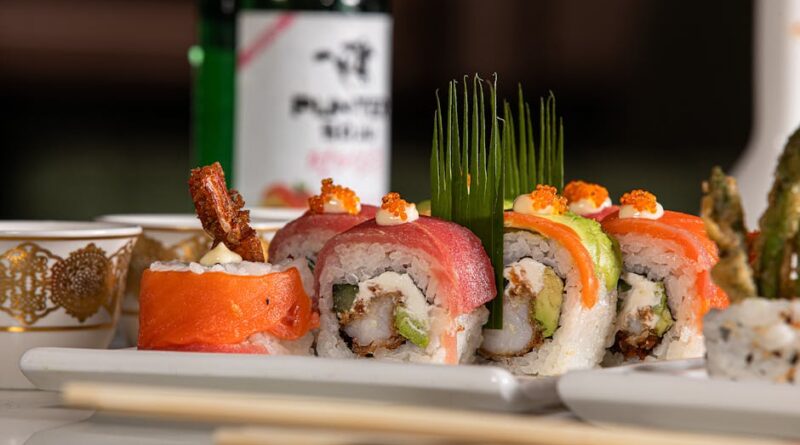Finding the Best Seafood for Your Meal
Seafood has been a staple in human diets for centuries, providing a rich source of essential nutrients and exquisite flavors. Whether you are a seafood enthusiast or looking to explore the vast world of underwater delicacies, finding the best seafood for your meal can be a rewarding experience. From succulent shrimp to buttery lobster, the options are endless. But with so many choices available, how do you navigate the waters to select the best seafood for your next culinary adventure?
In this comprehensive guide, we will delve deep into the realm of seafood, exploring the various factors that contribute to the quality, sustainability, and taste of seafood. Join us as we uncover the secrets of selecting the freshest catch, understanding the importance of sourcing, and discovering the best cooking methods to elevate your seafood dishes to new heights. So, let’s dive in and unravel the mysteries of finding the best seafood for your meal.
The Importance of Freshness
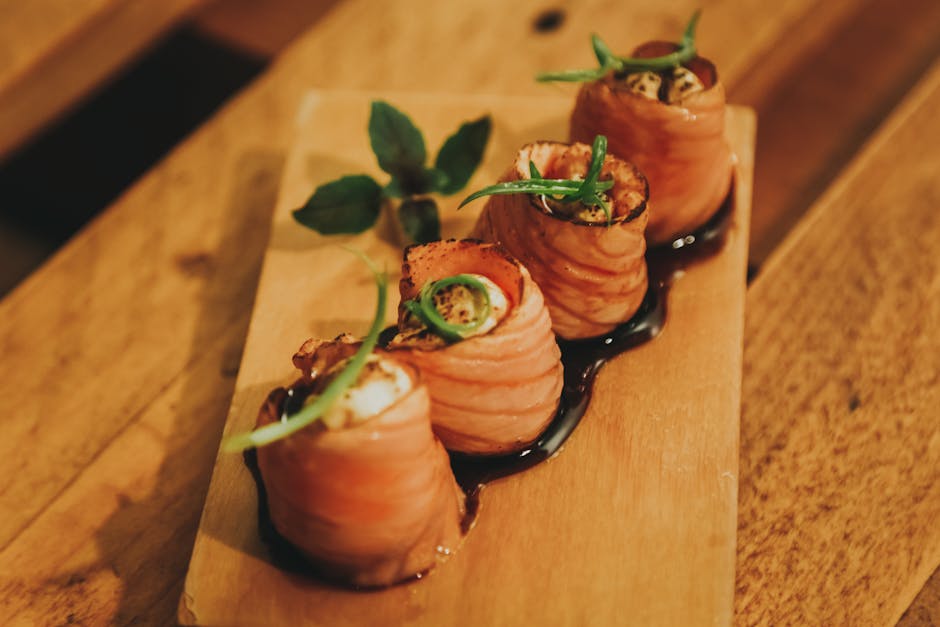
When it comes to seafood, freshness is key. The quality of seafood can be significantly affected by how fresh it is when consumed. Fresh seafood not only tastes better but also retains more nutrients and has a firmer texture. So, how can you ensure that the seafood you are buying is fresh?
One way to determine the freshness of seafood is by looking at the appearance. Fresh fish should have clear, bright eyes, shiny skin, and a mild oceanic smell. Avoid fish with cloudy eyes or a fishy odor, as these are signs of poor quality. Additionally, the flesh of fresh fish should be firm to the touch and bounce back when pressed.
Another important factor to consider is the source of the seafood. Locally sourced seafood is often fresher than imported varieties, as it has spent less time in transit. By purchasing seafood from reputable fishmongers or seafood markets, you can ensure that you are getting the freshest catch available.
Sustainability and Ethical Considerations
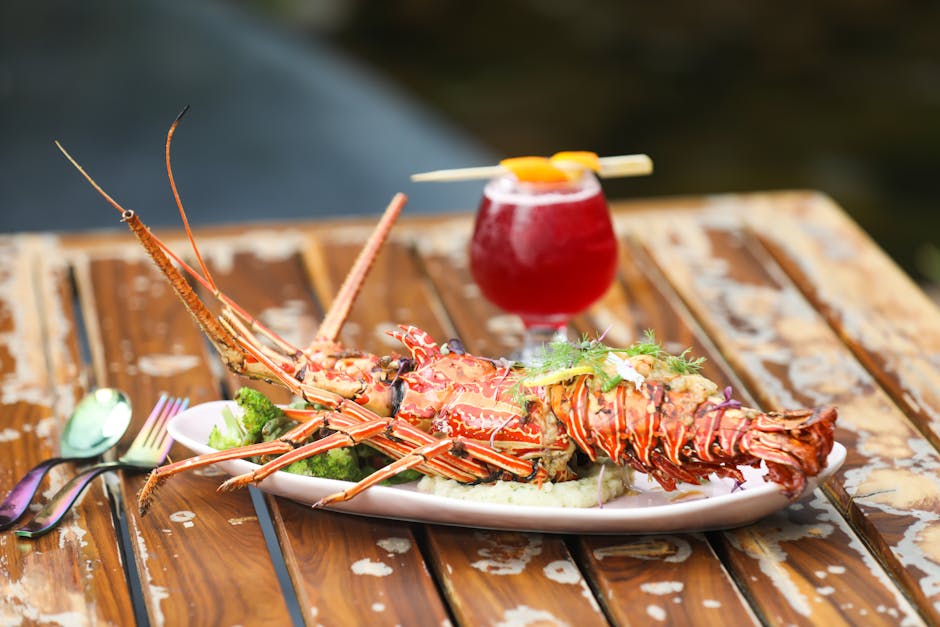
As consumers, it is essential to consider the sustainability and ethical implications of our seafood choices. Overfishing and destructive fishing practices have led to a decline in many fish populations and threatened the health of our oceans. By choosing sustainably sourced seafood, you can help support responsible fishing practices and protect marine ecosystems.
One way to identify sustainable seafood is by looking for certifications such as the Marine Stewardship Council (MSC) or the Aquaculture Stewardship Council (ASC). These labels indicate that the seafood has been sourced from fisheries or farms that meet strict environmental and social standards. By supporting certified sustainable seafood, you can enjoy your meal with the peace of mind that you are making a positive impact on the environment.
It is also important to consider the ethical considerations of seafood consumption, such as the welfare of the fish and the impact of fishing on local communities. By choosing seafood from sources that prioritize animal welfare and support fair labor practices, you can enjoy your meal guilt-free.
Types of Seafood
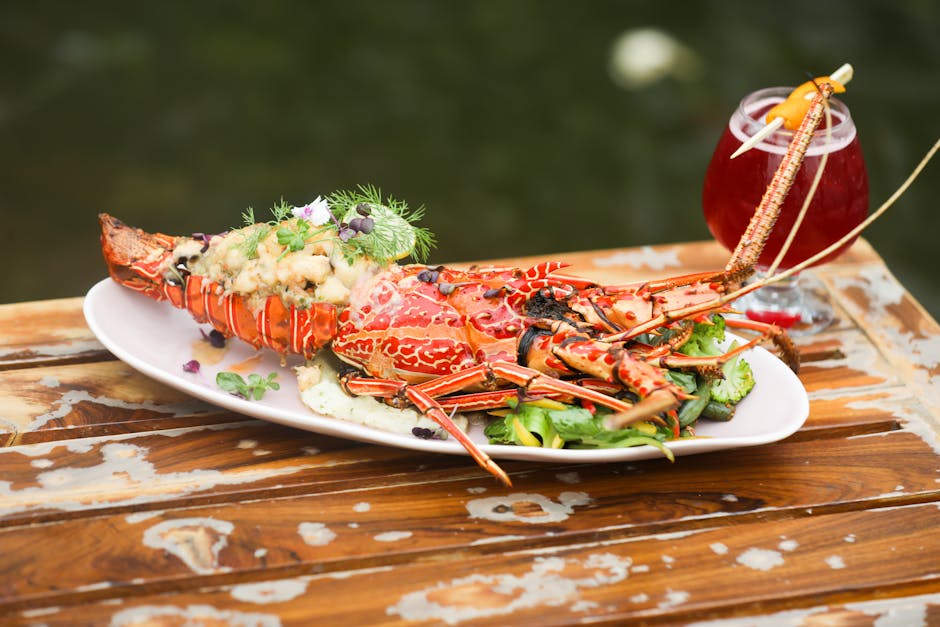
Seafood encompasses a wide variety of aquatic animals, each with its own unique flavor profile and culinary uses. From fish and shellfish to crustaceans and mollusks, the world of seafood is vast and diverse. Let’s explore some of the most popular types of seafood and their characteristics:
Fish
Fish are a versatile and nutritious option for seafood lovers, with a wide range of species to choose from. Popular fish varieties include salmon, tuna, cod, and snapper, each offering a distinctive taste and texture. Whether grilled, baked, or pan-seared, fish can be prepared in numerous ways to suit your culinary preferences.
Shellfish
Shellfish, such as shrimp, crab, and lobster, are prized for their sweet and delicate flavors. These crustaceans are often considered delicacies and are commonly enjoyed in dishes like shrimp scampi, crab cakes, and lobster bisque. Shellfish can be cooked in a variety of ways, including steaming, boiling, and grilling, to highlight their natural flavors.
Mollusks
Mollusks encompass a diverse group of seafood, including clams, mussels, and oysters. These bivalve shellfish are known for their briny taste and tender texture. Mollusks are often enjoyed raw on the half shell, steamed in a fragrant broth, or baked with savory toppings. Their subtle flavors make them an excellent addition to seafood stews and pasta dishes.
Best Cooking Methods for Seafood
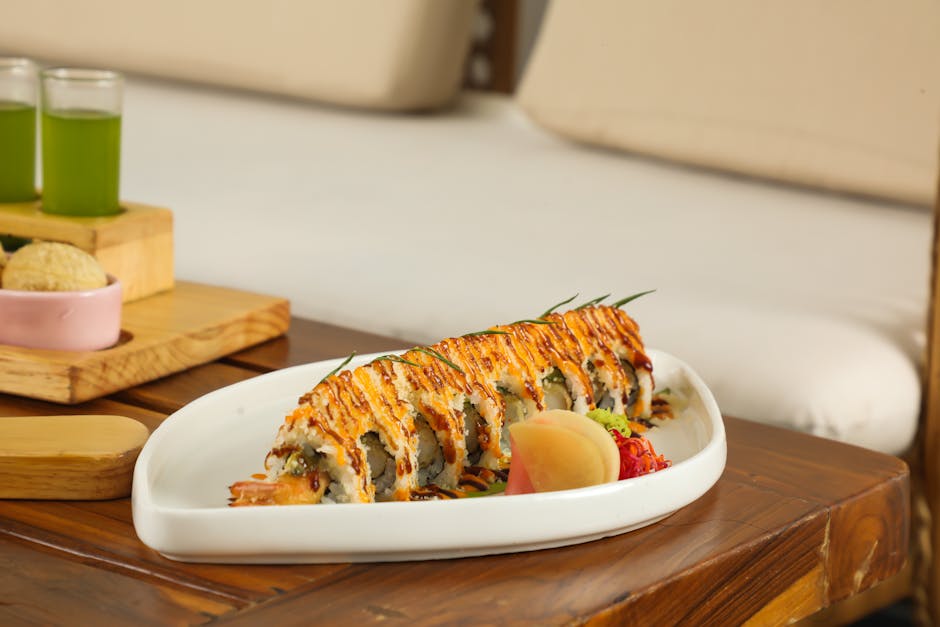
Seafood is a delicate ingredient that requires careful cooking to preserve its natural flavors and textures. The best cooking method for seafood depends on the type of seafood you are using and your desired outcome. Let’s explore some of the best cooking methods for seafood:
Grilling
Grilling is a popular cooking method for seafood, as it imparts a smoky flavor and caramelizes the exterior of the fish or shellfish. When grilling seafood, it is essential to marinate the seafood beforehand to keep it moist and prevent sticking. Fish fillets, shrimp skewers, and lobster tails are all excellent choices for grilling.
Steaming
Steaming is a gentle cooking method that preserves the delicate flavors of seafood while keeping it moist and tender. Steamed fish, shrimp, and shellfish are often paired with aromatic herbs and spices to infuse them with additional flavor. Steaming is a healthy cooking technique that requires minimal added fats, making it a popular choice for health-conscious individuals.
Sauting
Sauting is a quick and versatile cooking method that works well with a variety of seafood. By adding a small amount of oil or butter to a hot pan, you can cook seafood quickly while achieving a golden-brown crust. Sauted seafood can be served over pasta, rice, or vegetables for a simple yet flavorful meal.
Baking
Baking is a gentle cooking method that allows seafood to cook evenly and retain moisture. By wrapping fish fillets or shrimp in foil with herbs, spices, and citrus, you can create a flavorful and aromatic dish. Baking is an excellent option for cooking whole fish or large seafood portions, as it ensures even cooking without the need for constant monitoring.
Common Misconceptions About Seafood
Despite the popularity of seafood, there are several common misconceptions that persist about this beloved ingredient. Let’s debunk some of the most prevalent myths about seafood:
Myth: All seafood is high in mercury
While some seafood, such as certain types of tuna and swordfish, can contain high levels of mercury, not all seafood is equally risky. By choosing low-mercury seafood options like shrimp, salmon, and sardines, you can enjoy the health benefits of seafood without worrying about mercury exposure.
Myth: Frozen seafood is inferior to fresh seafood
Frozen seafood can be just as fresh and flavorful as fresh seafood, thanks to modern freezing techniques that preserve the quality of the fish. In fact, freezing seafood immediately after harvesting can lock in nutrients and freshness, ensuring that the seafood reaches consumers in optimal condition.
Conclusion
To wrap things up, finding the best seafood for your meal requires a careful consideration of factors such as freshness, sustainability, and cooking methods. By selecting fresh, sustainably sourced seafood and using the best cooking techniques, you can savor the natural flavors and textures of seafood in all its glory. Whether you prefer grilled fish, steamed shellfish, or baked mollusks, the world of seafood offers endless possibilities for culinary exploration. So, next time you are planning a seafood feast, remember to choose wisely and enjoy the ocean’s bountiful treasures.

